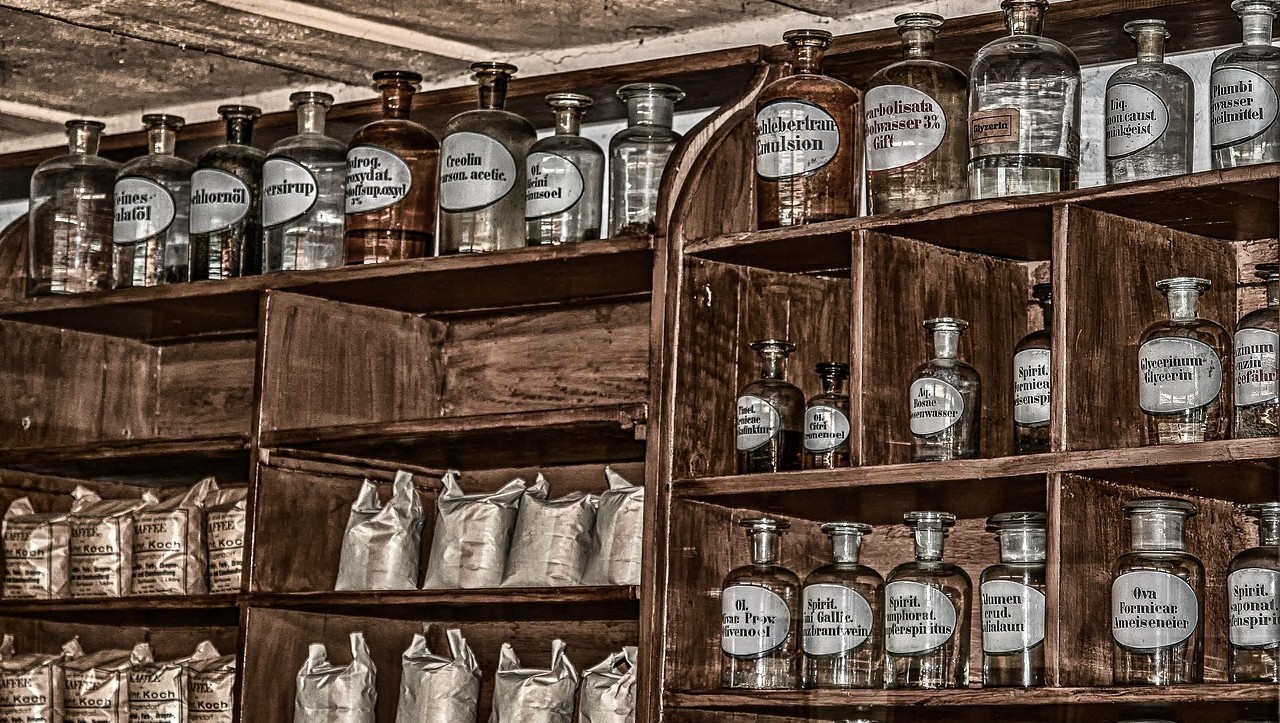Leeches are not a cure
From mercury to leeches: 12 historical cures deadlier than the disease

Friedrich Nietzsche’s famous saying, "What doesn’t kill you makes you stronger," may be true in many aspects of life, but it certainly does not apply to everything, as our ancestors perilously discovered. Modern medicine required a lot of experimentation to get to where it is, and a lot of things that were once considered beneficial were, in fact, not. Believe it or not, these 12 procedures were once common practice. Thankfully, that is no longer the case.
Image: garten-gg
1
Rabies

Rabies-infected people and animals cannot swallow water. This is why rabid dogs drool at the mouth, because they are unable to swallow.
In the ancient world, a "cure" for rabies involved forcibly submerging people in bodies of water to force the liquid intake . Quite often, the consequence, as you might have guessed, was death by drowning.
Image: Samuell Morgenstern
2
Bloodletting

In the days when barbers were also designated surgeons, bloodletting was a common cure for multiple conditions. This gruesome technique was performed not just using surgical tools but also by using leeches , which were directly applied on the human body , to suck blood out of the wretched individuals who required treatment.
Image: David Trinks
3
Madstones

Folk remedies were common in a time when seeking professional medical help was a luxury for most people. Popular in mid-19th-century America, madstones were big hairballs extracted from the guts of goats and deer .
These objects were believed to possess medicinal properties, such as curing rabies and serving as an antidote to various poisons.
Image: Atul Vinayak
4
Chloroform

Many substances that we now recognize as poisonous were once believed to be beneficial to health. During the 19th century, chloroform was commonly used as an anesthetic in surgeries .
However, later studies revealed that long-term exposure to chloroform could cause liver and kidney damage, respiratory depression, and may even increase the risk of cancer.
Image: Carlos Felipe Ramírez Mesa
5
Arsenic

Another poisonous substance once thought to be beneficial was arsenic, which was used to treat malaria, syphilis, and other ailments during the 19th and early 20th centuries.
However, it was later discovered that arsenic exposure could lead to poisoning, causing severe health complications and even death.
Image: Denise Chan
6
Mercury

Similar to chloroform and arsenic, mercury was once thought to be beneficial to the human body. However, as scientific understanding advanced, its harmful effects became widely known .
Today, we know that mercury is highly toxic and can cause severe damage to the kidneys and nervous system.
Image: Benjamin Hibbert-Hingston
7
Urine

Drinking urine for medicinal purposes was common in ancient Egypt, Greece, and Rome, where it was believed to have therapeutic benefits and was used as a remedy for various health conditions, including kidney and liver problems .
Image: Fotografía de Alimentos
8
Trepanning

Trepanning, a common medical practice in ancient civilizations, involved drilling a hole in the skull to relieve pressure or treat a variety of medical ailments such as headaches, seizures, and mental disorders .
However, due to the lack of modern anesthesia and surgical tools, the procedure was extremely dangerous and carried significant risks.
Image: Mathew Schwartz
9
Cupping

Creating a vacuum on the skin using heated glass cups was a popular therapy for various conditions, including pain, inflammation, respiratory problems, and digestive disorders . While not a particularly harmful technique, aside from the markings left on the skin, its benefits have not been scientifically proven.
Image: Katherine Hanlon
10
Mummy powder

In medieval times, it was commonly believed that "mummy powder" possessed healing properties. This substance was made from ground mummies obtained from Egypt and was thought to be particularly effective in treating wounds, headaches, and digestive issues .
Image: Narciso Arellano
11
Nightshade

Nightshade is a poisonous plant with soothing properties, which was used as a pain reliever as it can induce a state of calm in the user.
However, this plant is also highly toxic and can cause hallucinations, delirium, and even death if consumed in large quantities.
Image: Georg Eiermann
12
Tobacco

It might be hard to believe today, but back in the 1600s, schoolchildren were encouraged to smoke cigarettes , which were then thought to be disinfectants.
Cigarettes were also believed to be beneficial for both the lungs and the mind. Thankfully, we now know better.
Image: Juano colombo





